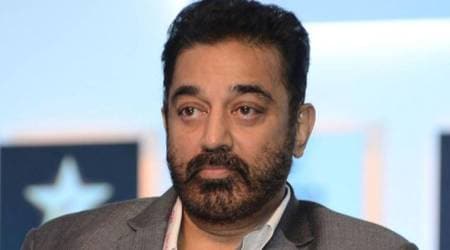 Barring Chhattisgarh, all the other Maoist-affected states have made provisions for one-third of all road-opening parties to comprise state police personnel. Representational Image.
Barring Chhattisgarh, all the other Maoist-affected states have made provisions for one-third of all road-opening parties to comprise state police personnel. Representational Image.
CHHATTISGARH REMAINS the weakest link in the Centre’s anti-Maoist strategy and there is an urgent need to deploy “shadow intelligence officers” to track top leaders, similar to what is being done for militants in Kashmir. These were the two key points that emerged Friday during a review meeting conducted by the Home Ministry under Union Minister Rajnath Singh. The review of 10 Maoist violence-affected states was done nearly four months after the attack on security forces in Chhattisgarh that led to the killing of 25 CRPF personnel.
Officials said that after a discussion on May 8 with the Chief Ministers of these states, senior security advisor K Vijay Kumar held eight meetings, of which six were with officers from Chhattisgarh, and one each with those from Bihar and Jharkhand.
Barring Chhattisgarh, all the other Maoist-affected states have made provisions for one-third of all road-opening parties to comprise state police personnel. “The state has been directed to augment the number of policemen for road-opening parties. They have cited shortage of manpower, following which they were asked to substantially increase the numbers,” said a senior Home Ministry official.
During Friday’s meeting, Singh is learnt to have asked security forces and agencies to develop intelligence on top Maoist leaders, including CPI(Maoist) general secretary Muppala Lakshman Rao alias Ganapathi.
“The issue of deputing shadow intelligence officers, like the way it has been done in Kashmir, was discussed,” the official said. It was “human intel” on top militants in Kashmir that helped security forces in several cases, including the recent killing of Lashkar-e-Toiba commander Abu Dujana, said the official.
The presence of Maoists in new areas, such as the trijunction of Tamil Nadu, Kerala and Karnataka, was discussed during the meeting. Officials said Singh asked the forces to step up operations so that the Maoists are unable to establish new bases.
The proposal to set up a joint command and control in East Singhbhum, which was first reported by The Indian Express on May 7, was also discussed. The Home Minister was informed that this centre will be shifted to Chaibasa in Jharkhand while another centre at Gaya in Bihar has been made operational, officials said.
Singh was told that the Chhattisgarh district operational unified command has also been started, they said.
During the review, which was attended by MoS (Home) Hansraj Ahir, OSD in the ministry Rajiv Gauba and other senior officials, Singh was informed that meetings of the unified command headed by Chief Ministers were held for the first time in Chhattisgarh, Odisha, West Bengal and Bihar. Last year, West Bengal held one meeting while the unified command in Odisha met four times, said officials.
Singh reiterated the concept of ‘SAMADHAN’ as the new doctrine for use in security operations. The concept was unveiled during the meeting of Maoist-hit states on May 8, with S for Smart leadership, A for Aggressive strategy, M for Motivation and training, A for Actionable intelligence, D for Dashboard-based key result areas and key performance indicators, H for Harnessing technology, A for Action plan for each theatre and N for No access to financing.
Officials said different development projects, including roads, air connectivity, power, education, health and banking sectors were reviewed at the meeting.







